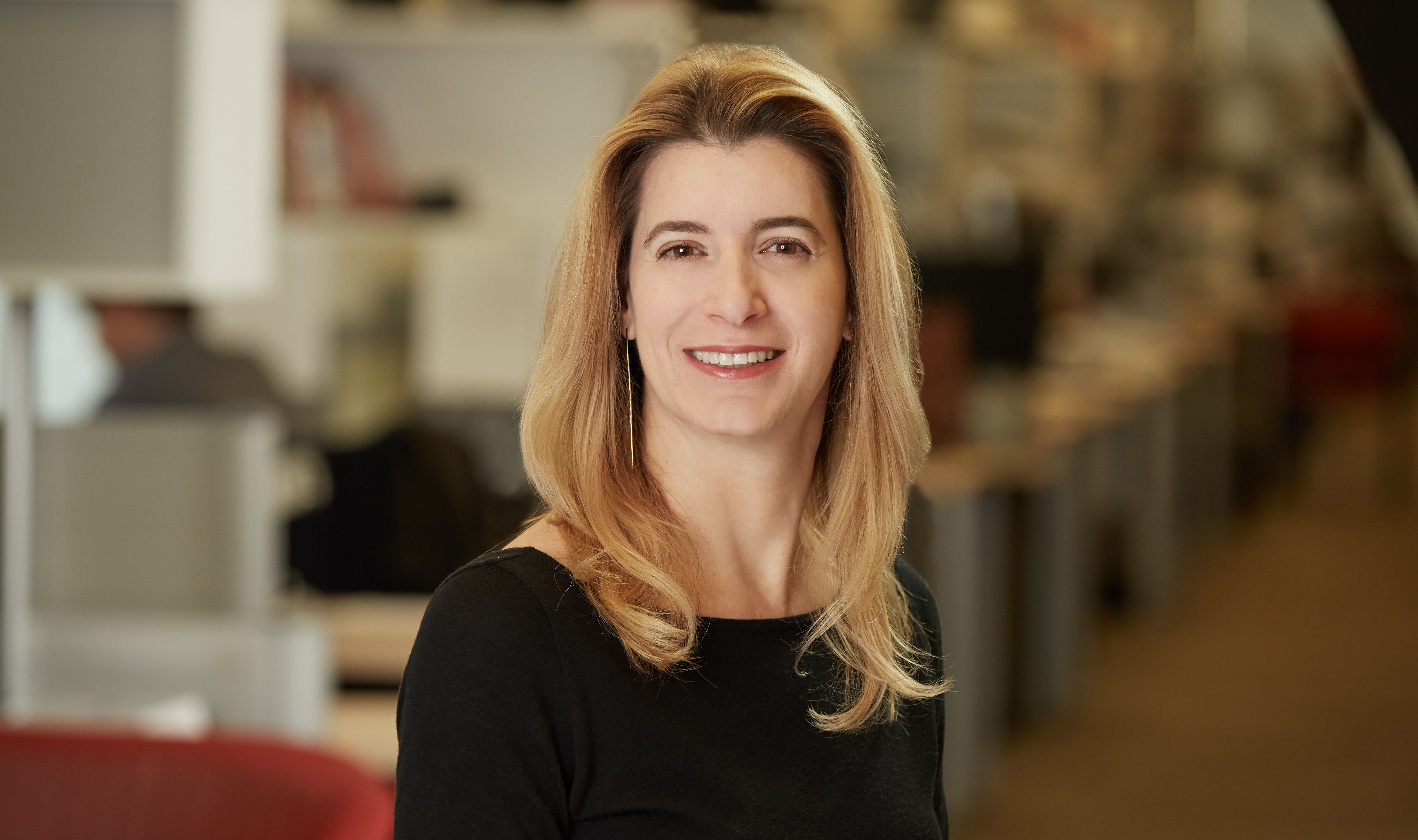Julianne Scherer is managing principal of HDR’s architecture studio in Denver, she is engaged in healthcare, higher education, civic and science and technology projects. She is also an active member of AIA Colorado, for which she has served as a 2017 AIA10 jury chair, 2018 AIA Design Awards committee chair and 2019 co-chair.
Facts about Julianne:
- Julianne is the recipient of the AIA Illinois John Wellborn Root Award for impressive service and dedication to the profession.
- She was named to ENR Midwest magazine’s 2010 “Top 40 under 40” list, and she received the 46th Ward’s “Good Neighbor Award” in 2015 for making a positive impact on the community.
- After graduating from Penn State University, Julianne moved to Chicago, where she worked for 22 years at a firm that was engaged in community-driven projects. While there, she gained experience on a variety of building types, including not-for-profits, public libraries, k-12 independent schools and universities.
1. What sparked your interest in architecture?
First, it was the opportunity to fuse my love of art and science into a career. I had a passion for biology, anatomy, and physiology and then I learned in design school about the influences of the built environment. This grew my understanding of how design can have a major impact on a person’s perception of a space and how it makes them feel. This is all fascinating and I am still intrigued with it today.
2. How has your career evolved?
I have had the opportunity to engage in all facets of the field – design, technical, management and construction. However
the opportunities to use my education and experience has gone beyond the studio and clients into the community. Finding
ways to give back has been paramount in my evolution. Starting in 2006, until I moved to Denver, I was part of an organization called architreasures. We worked in socio-economically diverse communities in Chicago facilitating design projects driven by the youth and community partners. This work reinforced my core belief that everyone has a right to great design. It’s our responsibility as architects for everyone to feel architecture and have this experience.
3. How has your involvement with AIA impacted your career?
We are designing to better the human condition so AIA has allowed me to learn from my professional colleagues’ creative work to drive better design for all. Being an AIA member opens up a whole rolodex of colleagues to consult with, collaborate with and find new meanings to the work we do. It has given me a better understanding of the career of architecture and an exposure to professionals across the country.
4. What are you looking forward to most in the coming year?
Every year comes with possibilities but I question, how will I take each possibility to the next level? As I begin my 4 th year in
Colorado I am looking for ways to be more involved with my local community. Being involved in organizations like, Women
in Healthcare to Downtown Denver Partnership I feel that it is my duty as an architect to be an informed and engaged
citizen of this great area. I look beyond what is presented and see how I can positively impact a person, a space, or a place.
5. What do you see as the biggest challenge for architects in Colorado right now?
In Colorado and throughout the world, as architects, we have the responsibility to positively transform. Given the significant
growth, which does not seem to be slowing, we need to design for the future beyond ourselves, our kids and our grandkids.
We need to design for resilience using thoughtful development starting with the infrastructure – water, power, and transportation – then move to building structures that last for generations, which must be net-zero and that will be constructed and designed with the qualities of wellness. Colorado was founded by pioneers and innovators. We should pay homage to that endurance with the future we are creating.
6. What do you feel women bring to architecture that men do not?
Empathy. We have the innate drive to put ourselves in another’s shoes in order to understand, to find the essence of and to
support.
Vulnerability. We are ok being vulnerable to others ideas despite our egos – yes, we all have one.
Equity. Beyond equal pay for equal work, is the idea of creating for multiple generations, cultures, genders and communities. We look beyond the problem to think about the whole and the impact decisions make on the whole not just the immediate problem at hand.
All of these values allow for the perspectives, thoughts and desires of others to influence the design solutions. The solutions are better for they represent those for whom we are designing, they feel more engaged and take ownership in the results since they see their voice reflected in the work. We live in a diverse world that will continue to grow. If we engage these values, the shape we give our world, in the built environment, will reflect this diversity and grow in a way that leaves a light footprint.









